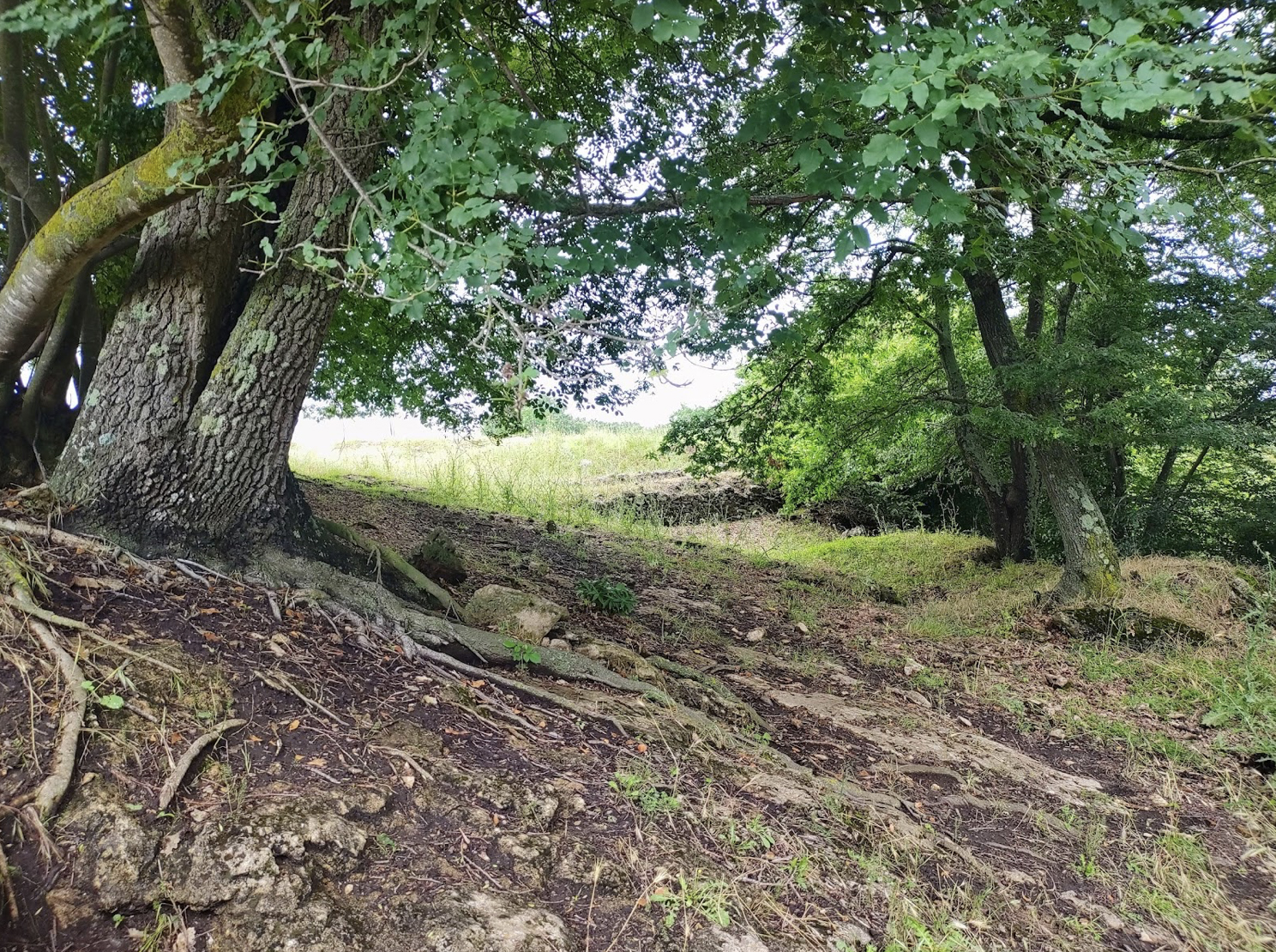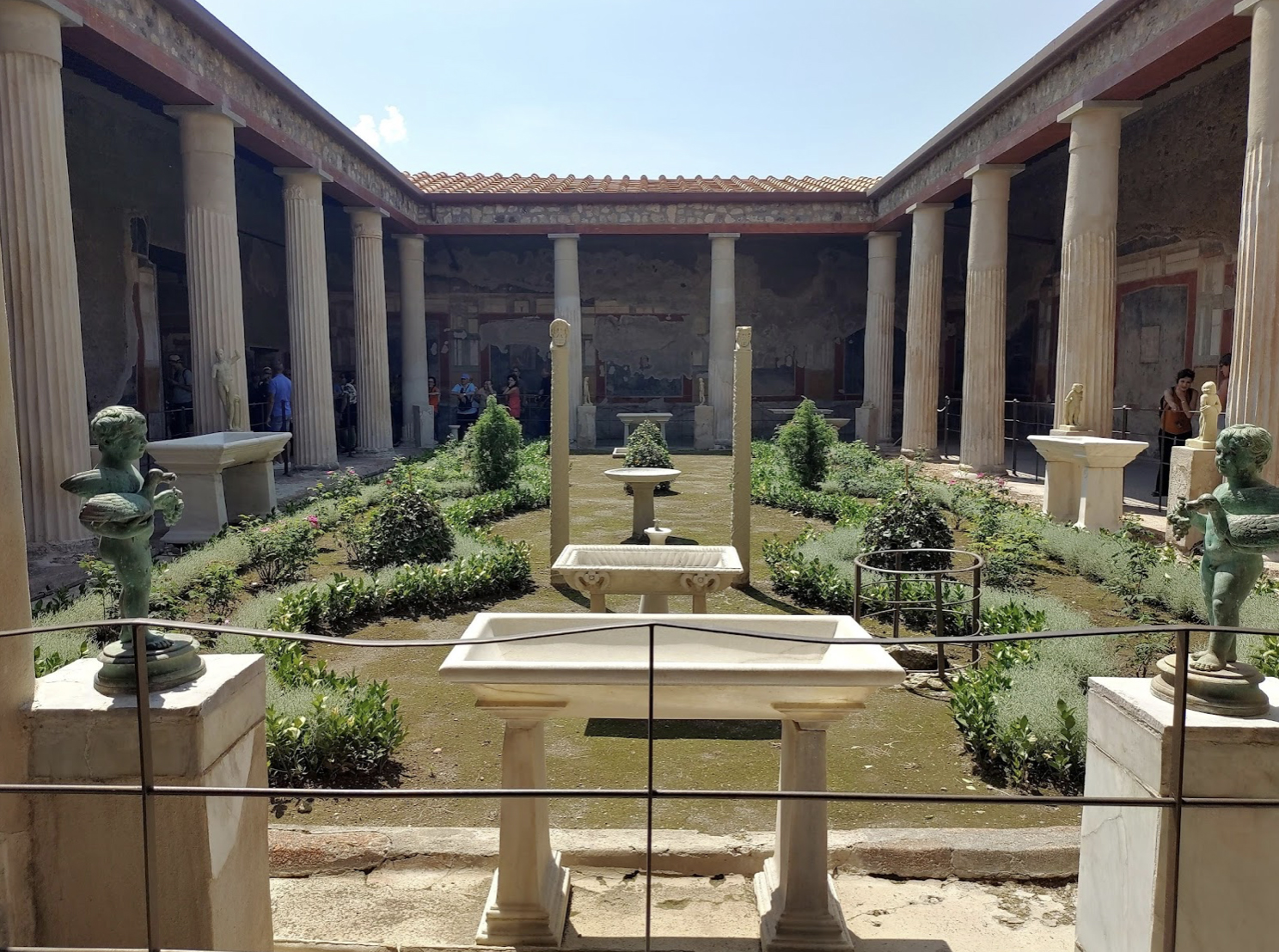
Whether it is your first time outside of the continental United States, or you are returning to Italy for a second time, a Study Abroad Program is the chance of a lifetime to experience culture, adventure, and learn at the same time. I fall into the first group, where Italy has been my first adventure outside of America, thanks to the History and Archaeology program.
I have been eagerly awaiting this adventure since 2019, when the program was announced before COVID-19 began. After nearly four years, I can finally say I made it! Upon landing in Rome, we were promptly greeted with cappuccinos by our generous Study Abroad guide, Paola. Since that day, everything has felt like a dreamy blur, from taking in all of the scenery from the country-side to the city; all of the historical sites and ancient ruins such as The Colosseum, The Forum, The Baths of Caracalla, and various fountains; to the ornate cuisines we had each night. We’ve had many tours in each location, and one of the guides stated, “Rome is a lasagna.” I really liked the way he described this, since the history of Italy is built on top of each other. Many buildings we visited had original Etruscan stones as the foundation from the fourth century, and were built atop this. Due to this, many of the buildings maintain the shape of the precious building. The Baths of Caracalla were another point of interest, as they were not just for bathing, but for business meetings, socializing, and speaking of politics.
It’s hard to believe I’m in Italy right now, writing this. Although Ostia Antica and Mount Vesuvius were incredible sights to experience, my favorite has been Pompeii. I found it incredible that some of the organic material, such as wooden doors, were so well preserved from the eruption of Mount Vesuvius in 79 CE. It was also incredible and breath-taking to see the casts of people covered in ash and water from the explosion and sea, perfectly preserved. I also rather enjoyed seeing Herculaneum, with all of the ancient stones, as well as seashells spread out, as it’s near the sea. My favorite part of Herculaneum was seeing the first original skeletal remains, as I am extremely interested in Forensic and Biological Anthropology.
We still have so much to look forward to with helping at an actual official archaeological dig. I hope to find some bones and other human skeletal remains at the dig site in Ischia di Castro. Today was our first day at the dig sight, and we got a tour along with digging up all of the weeds so that we can clear the land. I was not expecting to find shards of pottery strewn everywhere, some included black glazed pottery. I cannot wait to see what we will unearth, after seeing all of the artifacts that were not buried!
Jacob, however, was excited to be part of the latter group and has been to Italy before! Jacob was excited to see the dig site with the old wall from the villa and to see how much nature has reclaimed. He also really appreciates Pompeii, and this visit was his second to Pompeii, as well. The picture below shows a domus, which he has seen in reconstruction of ancient Italy, but now saw it on person for the first time.

The picture below shows a bronze statue of Marcus Aurelius, who is remembered as Plato’s perfect philosopher king. He was the only philosopher to have ruled a large state, and the biggest in the world, at that. He had the belief of stoicism, which means you are a good person if you interpret everything that happens to you as positive. He expressed this by stating, “He may be dead in the morning” before kissing his son goodnight.

All in all, the Study Abroad Program is an incredible way to experience culture, explore, and learn, all in one.
Tags: Study Abroad
